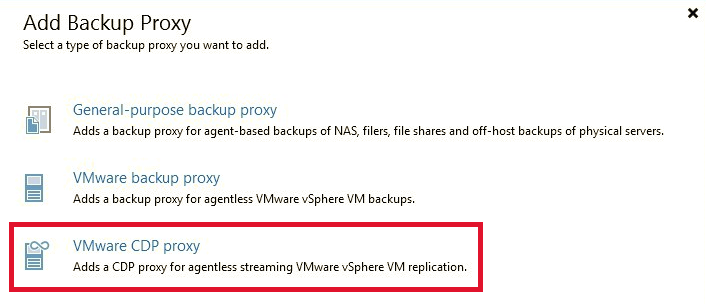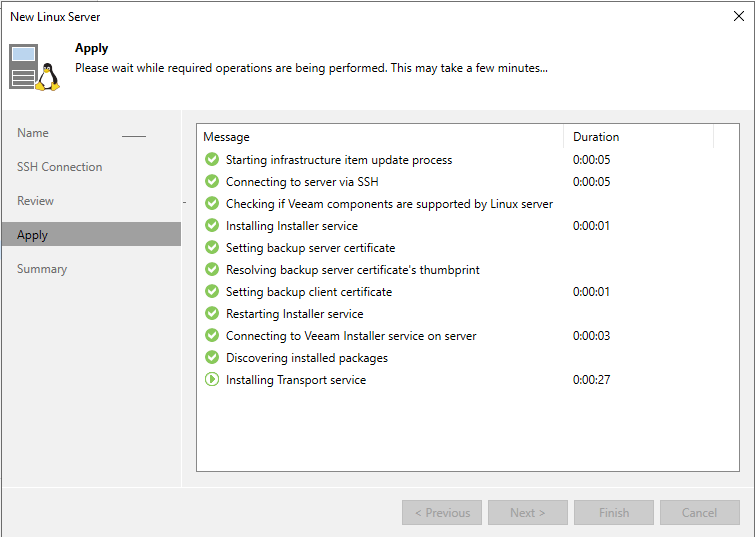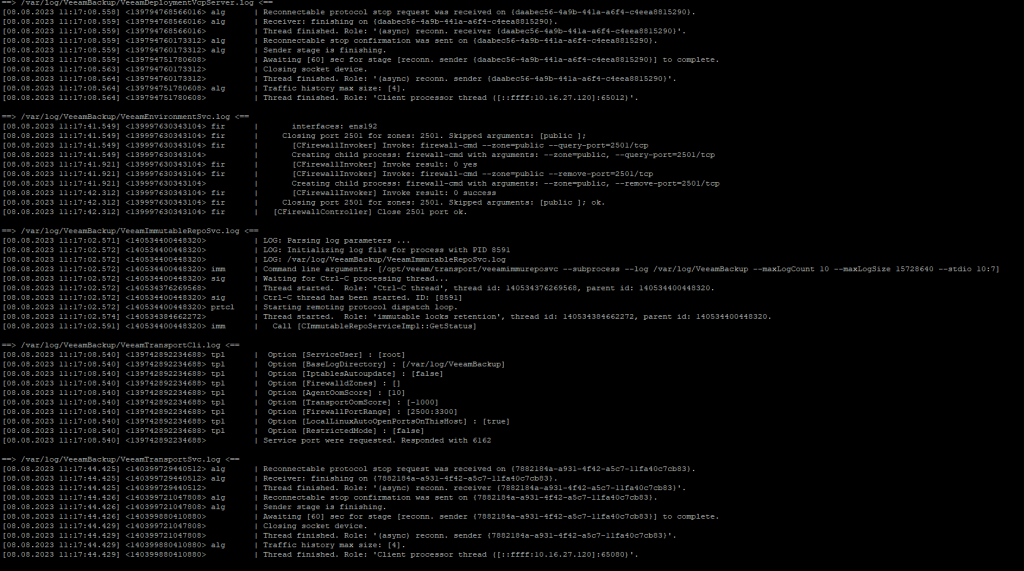Veeam Continuous data protection (CDP) is a technology that helps you protect mission-critical VMware virtual machines when data loss for seconds or minutes is unacceptable. CDP also provides minimum recovery time objective (RTO) in case a disaster strikes because CDP replicas are in a ready-to-start state.
First, CDP creates replicas and, then, keeps these replicas up to date. CDP constantly replicates I/O operations performed on VMs. To read and process I/O operations in transit between the protected VMs and their underlying datastore, CDP uses vSphere APIs for I/O filtering (VAIO) that gives an option not to create snapshots. Because CDP is always on and does not create snapshots, it allows reaching a lower recovery point objective (RPO) compared to the snapshot-based replication — near-zero RPO which means almost no data loss.
In order to use this feature, you need a new type of proxy: a CDP proxy!

A VMware CDP proxy is a component that operates as a data mover and transfers data between the source and target hosts. Basically, VMware CDP proxy performs the following tasks:
- Receives VM data from the production storage
- Aggregates changed data
- Prepares data for short-term restore points
- Compresses and deduplicates data
- Encrypts and decrypts data
- Sends data to the storage in the disaster recovery site or another VMware CDP proxy
CDP proxy can be a supported Windows or Linux physical or virtual machine. For Linux versions supported by Veeam Backup & Replication.
You can assign the role of a VMware CDP proxy to any Windows-based or Linux-based virtual or physical server added to your Veeam Backup & Replication infrastructure. For information on how to add a server, see Adding Microsoft Windows Servers and Adding Linux Servers. For information on how to assign the VMware CDP proxy role, see Adding VMware CDP Proxies.
You need to configure at least two VMware CDP proxies:
- Source proxy in the production site.
- Target proxy in the disaster recovery site.
To optimize performance of several concurrent tasks, you can use several VMware CDP proxies in each site. In this case, Veeam Backup & Replication will distribute the restore workload between available proxies on per-task basis, taking into account proxy connectivity and their current load. For more information on which proxies are considered the most appropriate for continuous data protection, see How CDP Works.

VMware CDP proxies run light-weight services that take a few seconds to deploy. Deployment is fully automated. Veeam Backup & Replication installs the following components and services:
- Veeam CDP Proxy Service manages all CDP activities such as data aggregation, data compression and decompression, data transfer and other.
- Veeam Installer Service is an auxiliary service that is installed and started on any Windows server once it is added to the list of managed servers in the Veeam Backup & Replication console. This service analyzes the system, installs and upgrades necessary components and services depending on the role selected for the server.
- Veeam Data Mover handles traffic sent during failback.

Installation is very easy and simple, if all goes fine… otherwise which log should your read?
Under the Linux machine, in /var/log/VeeamBackup you will found several log files:

But some information could be also in general log files like messages:












